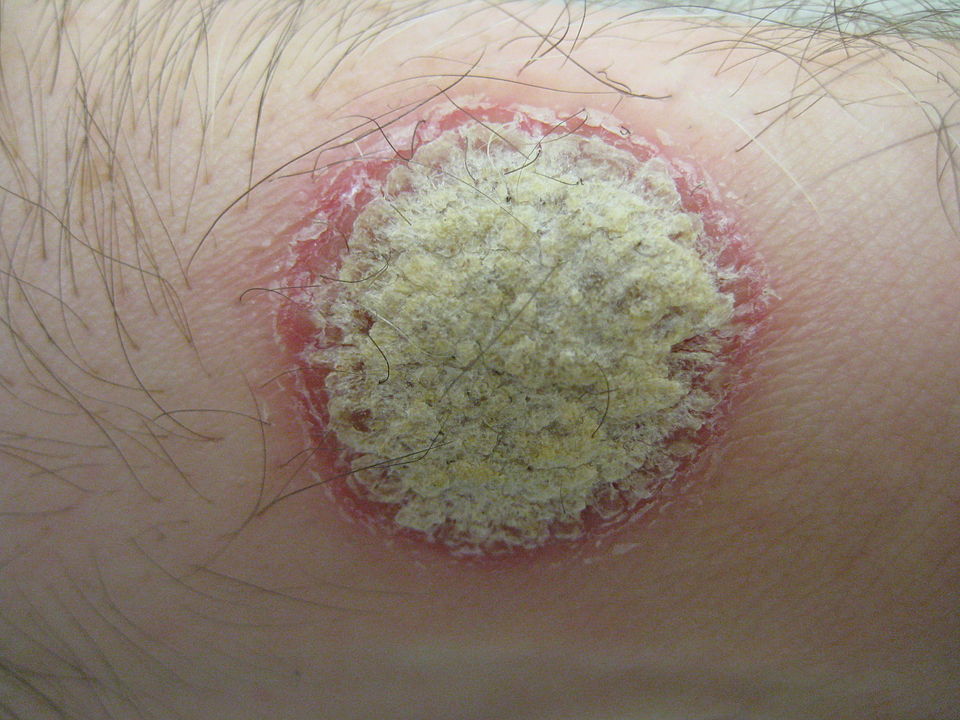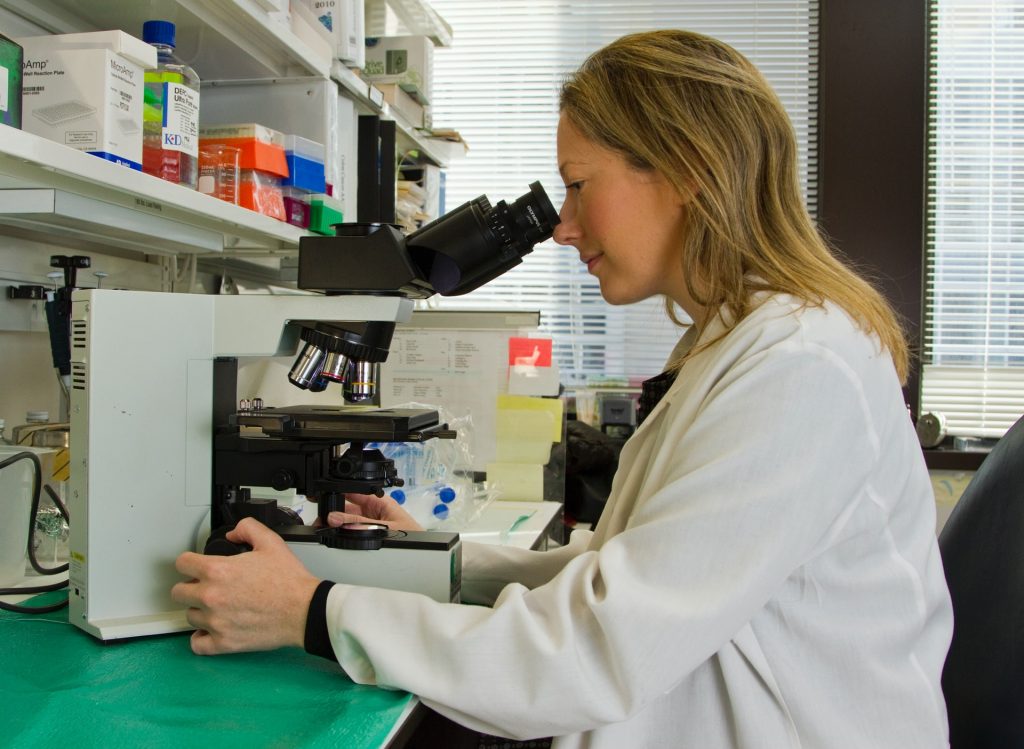Lateral Flow Tests now Approved for Travellers to England

Fully vaccinated passengers arriving in England and most under 18s arriving from non red-list countries (which now includes South Africa) can use a lateral flow test (LFT) on or before day 2 of their arrival in England, the UK government has announced.
LFTs must be taken as soon as possible on the day of arrival in England or at the latest before the end of a passenger’s second day and can now be purchased from the list of private providers on GOV.UK from as little as £22 – significantly cheaper than PCR tests.
LFTs for international travel must be purchased from a private provider as NHS Test and Trace lateral flow tests cannot be used for international travel. Passengers who have already bought a PCR to use for travel do not need to buy another test as PCRs can still be used.
Passengers have to take a photo of their lateral flow test and booking reference supplied by the private provider, then send it back to them to verify the result. Failure to do so could result in a fine of £1000 (R20 000). It is also possible for passengers to book a test at some airport testing centres. People using PCR tests for travel will have their test reported by the company they purchase the test from.
Anyone who tests positive will need to isolate and take a confirmatory PCR test, at no additional cost to the traveller, which can be genomically sequenced to help identify new variants. PCR tests can be accessed free of charge by ordering in the usual way through NHS Test and Trace – via nhs.uk/coronavirus or by calling 119. Test providers will be expected to advise people to self-isolate and direct people towards the NHS Test and Trace booking page.
In addition, all travellers must complete a passenger locator form beforehand, including providing a test booking reference number supplied by a testing provider.
However, these new rules apply only to those arriving in England: anyone travelling on to Ireland, Northern Ireland, Scotland, Wales, the Channel Islands or the Isle of Man within 10 days after arrival in England have to follow the rules for testing and quarantine in those places.
Those passengers who are not fully vaccinated with an authorised vaccine returning from a non-red list destination must still take a pre-departure test (antigen/PCR), a PCR test on day 2 and day 8 test and complete 10 days’ self-isolation (with the option of doing Test to Release on day 5).
Source: UK Government








